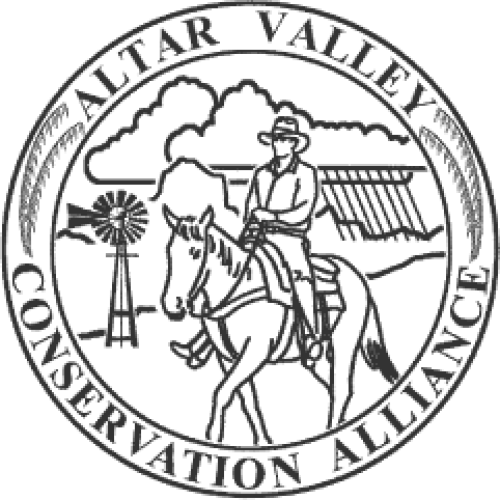Abstract:
Between 1865 and 1915, arroyos developed in the southwestern United States across diverse hydrological, ecological and cultural settings. That they developed simultaneously has encouraged the search for a common cause-- some phenomenon that was equally widespread and synchronous. There are few southwestern streams for which we have even a qualitative understanding of timelines and processes involved in initiation and extension of historic arroyos. Tucson's Santa Cruz River, often cited in the arroyo literature, offers a unique opportunity to chronicle the arroyo legacy and evaluate its causes. The present study reconstructs both the physical and cultural circumstances of channel entrenchment along the Santa Cruz River. Primary data include newspaper accounts, notes and plants of General Land Office surveys, eyewitness accounts, legal depositions, and repeat photography. On the Santa Cruz River, arroyo initiation and extension happened during relatively wet decades associated with frequent warm episodes in the tropical Pacific (El Niño conditions). Intensified El Niño activity during the period 1864-1891 may be symptomatic of long-term climatic change, perhaps indicative of global warming and destabilization of Pacific climate at the end of the Little Ice Age. During this period all but one of the years registering more than three days with rain exceeding 2.54 cm (1 in) in Tucson were El Niño events. The one exception was the summer of 1890, when the central equatorial Pacific was relatively cold but when prevailing low-surface pressures and low-level winds nevertheless steered tropical moisture from the west coast of Mexico into southern Arizona. In the twentieth century, catastrophic channel widening was caused by floods during El Niño events in 1905, 1915, 1977 and 1983. The Santa Cruz River arroyo formed when climatic conditions heightened the probabilities for occurrence of large floods in southern Arizona. Inadequate engineering of ditches that resulted in abrupt changes in the longitudinal profile of the stream further augmented probabilities that any one of these floods would initiate an arroyo. In the future, changing flood probabilities with low-frequency climatic fluctuations and improved flow conveyance due to intensified land use and channel stabilization will further complicate management of the arroyo in an increasingly urbanized floodplain. [AUTHOR ABSTRACT]

Reports and other documents about Sonoran Desert ecology, management, and conservation. Curated by the not-for-profit Altar Valley Conservation Alliance (AVCA) located outside Tucson, AZ.